Lifestreaming, according to Wordspy, is “an online record of a person’s daily activities, either via direct video feed or via aggregating the person’s online content such as blog posts, social network updates, and online photos.” In this post we review some of the top lifestreaming web apps: Onaswarm, Lifestrea.ms, Soup, Jaiku (the service Google bought), and perhaps the most popular of them all, Tumblr.
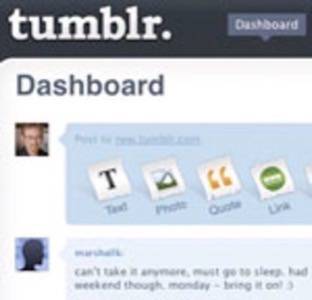
There’s even a niche blog devoted to lifestreaming, called The Lifestream Blog. It recently noted that Wired magazine named lifestreaming a “wired” technology (as opposed to ‘tired’ or ‘expired’). So it seems lifestreaming is the new black. Let’s check out some of the leading lifestreaming apps…
Tumblr
For a recent episode of Read/WriteTalk Sean Ammirati sat down with David Karp, the founder of Tumblr. Tumblr is a platform that makes it easy to create Tumblelogs – which Wikipedia defines as:

A variation of a blog, that favors short-form, mixed-media posts over the longer editorial posts frequently associated with blogging. Common post formats found on tumblelogs include links, photos, quotes, dialogues, and video. Unlike blogs, this format is frequently used to share the author’s creations, discoveries, or experiences without providing a commentary. One of the many tumblelog sevices is tumblr.
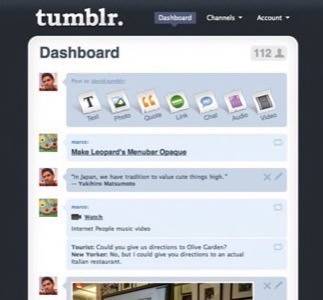
Onaswarm
Onaswarm is a new lifestreaming application from Toronto’s David Janes and BlogMatrix. Marshall Kirkpatrick wrote that Onaswarm is a smart, interesting service that combines groups, microformats and flashes of really good usability.

It’s very text-centric and clearly better for geeks than it is for the artists who like Tumblr, for example. The Onaswarm site architecture and navigation need a substantial overhaul to improve usability, despite some nice touches.
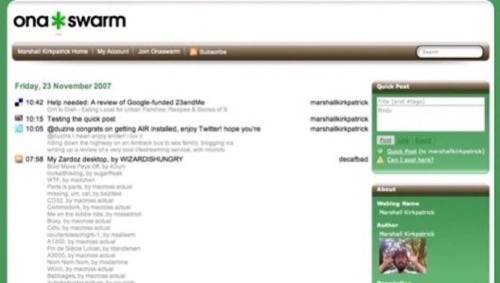
Lifestrea.ms
Lifestrea.ms is a powerful new lifestreaming service from Germany that you’ll want to keep an eye on. Marshall checked it out and said that it’s a real testimony to the potential of the new web that anyone would even try to create something like this company has. Currently in private beta, we hope the company will fix its usability issues and launch soon. Send an email to [email protected] if you want on the list for an account.

Lifestreaming aggregates all your inbound and outbound activity online, see Tumblr or FriendFeed for other examples. If everything under the covers at Lifestrea.ms can be made as good as the front page of the site, then we’ll be in great shape. That page alone is a marvel to witness.
Soup
Watch out Tumblr, here comes Soup. According to Josh Catone, Soup is an easy to use tumble blogging application that includes two killer features: social networking (kinda) and outside activity streams. It’s sort of a cross between Tumblr, Pownce, and a social activity aggregator.
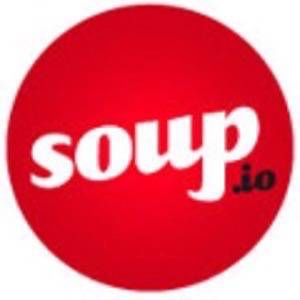
At its core, Soup is a microblogging app, and a pretty easy to use one. Their tumble blog set up supports text, link, quote, image, and video posts. Sign up is a snap (you can actually begin posting to your tumble blog before creating an account), and like Tumblr, Soup blogs can be mapped to an outside domain.
Jaiku
Jaiku can aggregate and automatically republish stories from your other activity streams: blog posts, del.icio.us links, Flicker photos, even Twitter updates. In this regard, it is a lot like Tumblr (another service that has a huge lead on it traffic-wise). We think this is the part of Jaiku that Google was interested in when it purchased the site — Jaiku as an activity stream aggregator, not Jaiku as a presence app.
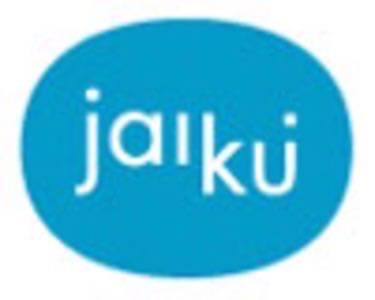
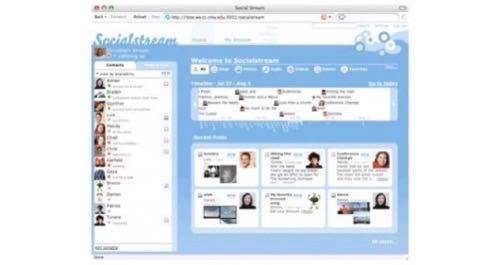
We heard last summer about a Google sponsored project at Carnegie Mellon University called “Socialstream.” Socialstream’s goal was to “create a system for users to seamlessly share, view, and respond to many types of social content across multiple network.” The idea was basically for Socialstream to be a hub for all of your social networking activity — whether that was on Facebook, MySpace, Twitter, Digg, or Flickr — all of your attention data would be collected in one place where you could manage and share it.
Finally, you may want to check out What’s Next on the Web: a RWW Toolkit for 2008, which features Open Data as one of the 5 big trends Marshall Kirkpatrick compiled resources for. Lifestreaming is a type of web app that will benefit greatly from open data, so check out our toolkit to prepare yourself.

















